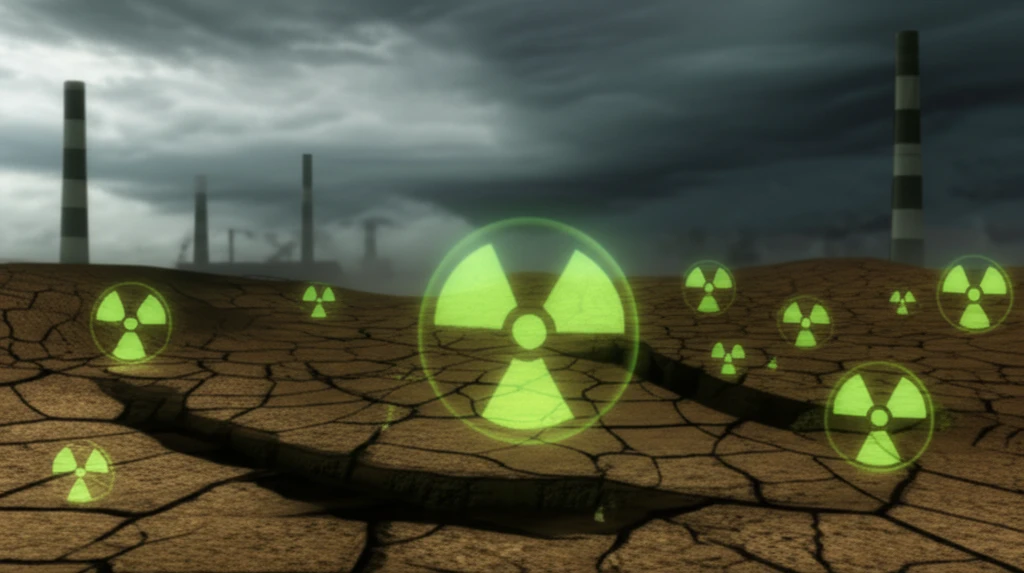
Unseen Danger: Radioactivity in Industrial Soil - What You Need to Know
"Is your local soil contaminated? Discover how industrial waste impacts soil radioactivity and what it means for your health and environment."
We often think of pollution in terms of smog, contaminated water, or visible waste. However, there's a hidden danger lurking in our soils: radioactivity. While some radioactivity occurs naturally, industrial activities can significantly alter these levels, posing risks to both the environment and human health. Understanding these risks is the first step in protecting ourselves and our planet.
India, with its rapid industrial growth, faces unique challenges regarding soil contamination. Studies have shown that industrial effluents, especially from sectors like the sugar industry, can introduce radioactive elements into the soil. This isn't just an environmental issue; it directly impacts agriculture, water resources, and potentially, the food we consume.
This article delves into the findings of a research study that investigated radioactivity levels in soils affected by industrial discharge. We'll explore the sources of this contamination, the specific radioactive elements involved, and what the potential consequences are. This understanding empowers us to demand better environmental practices and advocate for solutions.
How Does Industrial Waste Increase Soil Radioactivity?

The primary sources of increased radioactivity in industrial soils are the waste products, or effluents, discharged from factories. These effluents often contain heavy metals and other toxic chemicals, along with naturally occurring radioactive materials (NORM) that become concentrated during industrial processes. When these effluents are released into the environment, the radioactive elements accumulate in the soil, increasing its overall radioactivity.
- Thorium-232 (²³²Th): A naturally occurring radioactive element found in various minerals.
- Uranium-238 (²³⁸U): Another naturally occurring radioactive element present in rocks and soils.
- Potassium-40 (⁴⁰K): A radioactive isotope of potassium, also found naturally.
What Can We Do About Radioactivity in Our Soils?
The findings of this study, and others like it, underscore the importance of responsible industrial practices. Industries need to implement effective waste management strategies to minimize the release of radioactive materials into the environment. This includes proper treatment and disposal of effluents, as well as ongoing monitoring of soil and water quality.
As consumers and concerned citizens, we have a role to play in demanding greater environmental accountability. We can support businesses that prioritize sustainability, advocate for stricter regulations on industrial waste disposal, and educate ourselves and others about the risks of soil contamination.
Ultimately, protecting our soils from radioactive contamination is an investment in our future. Healthy soils are essential for agriculture, water purification, and overall ecosystem health. By understanding the risks and taking action, we can ensure a safer and more sustainable environment for generations to come.
